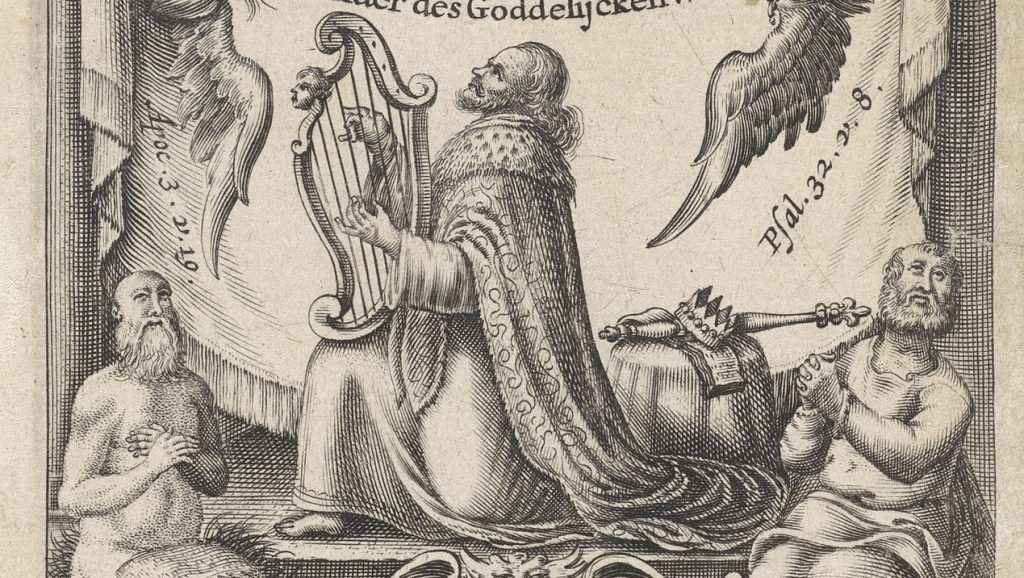Third in a series on the Book of Psalms.
Most of what we know about the liturgical use of the Psalms, we know from the period of the Second Temple. Yet many of the psalms surely predate that period. The “Psalter” attributes around half the psalms to King David (84 in the ancient Greek translation, 73 in the medieval Masoretic text). Others are credited to Moses, Solomon, Asaph, Heman, Ethan, and the Sons of Korah. Some of these appear in the Old Testament narratives as renowned performers of sacred music (see 1 Chronicles 15:16–22; Nehemiah 12:41–46).
David, however, remains the psalmist par excellence, even though he did not live to see the First Temple built. Second Samuel calls him “the sweet psalmist of Israel” (23:1). Jesus acknowledged David’s authorship of Psalm 110 (see Matthew 22:41–45), as Paul calls David author of Psalms 32 and 69 (see Romans 4:6–8, 11:9–10). The Letter to the Hebrews names David as author of Psalm 95 (Hebrews 4:7).
Thus many of the psalms were likely composed even before the time of Solomon’s Temple — and not only those that bear David’s byline, but also those attributed to contemporaries of David, such as Asaph. Still other psalms, such as 72 and 127, claim Solomon as author, and so trace their origins to the First Temple.
One thing is certain: the “Psalter” is permeated with a Davidic spirituality. Its prayers reflect the particular terms of the covenant God made with the house of David. Throughout the Psalms we find a more universalist message; for to David God had given kingship not only over Israel, but over “the nations” as well, the gentiles. Throughout the Psalms we find a deep piety for the Temple, the house that David had pledged to raise up for Yahweh. We find reverence for Jerusalem, David’s capital city, and for the king who rules, in God’s name, over a united Israel. Indeed, we see, in Psalm 110, the attribution of a priestly character to the king of Israel (v. 4).
Nevertheless, it is accurate to call the “Psalter” the “Hymnal of the Second Temple” — the Temple as it was rebuilt in 516 B.C., 70 years after its destruction in 586 B.C.
The last-written of the Psalms were certainly set down in the time of the Second Temple. Psalm 137, for example, refers to the Babylonian captivity. Most importantly, however, it was during the Second Temple period that the “Psalter” found its final form as a single book arranged in a very deliberate way.
In our next column we’ll discuss the arrangement of the book.

